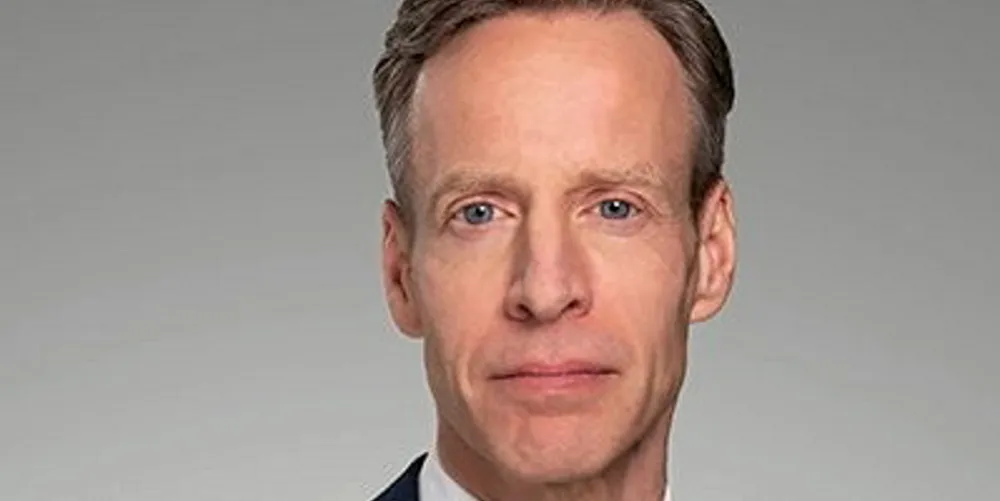Northland takes breather from new offshore wind to let 'supply chain work out challenges'
Canadian utility said with close of two gigascale arrays in Poland and Taiwan, it can be choosy for future projects

Canadian energy firm Northland Power will not pursue further offshore wind projects “for two or three years”, according to CEO Mike Crawley, following successful financial close of two projects in Poland and Taiwan.
“We can pause on offshore wind now that we've locked down our costs on these two large projects, execute on them and then come back to the market in two- or three-years’ time to procure for a future pipeline,” said Crawley, highlighting steep inflation and financing costs and turmoil in the supply chain.
“By then hopefully, the supply chain will have worked out its current challenges,” said Crawley.
The move reflects a global slump in offshore wind activity.
The company announced successful financial closure for its 1GW Hai Long project in Taiwan for $6.64bn on 22 September, following its $4.79bn deal for its 1.2GW Baltic Power project off Poland announced earlier this month.
“We've got all of the variables in terms of debt costs locked down on the two large projects that will deliver significant free cash flow growth to the company,” he said.
Industry veteran
Northland is a longstanding player in global offshore wind with 1.2GW in operation, 2.2GW under construction, and a development pipeline of some 7GW.
The energy firm has an overall power portfolio of 20GW spread around the world, with 60% in offshore wind, 25% solar, 5% onshore wind, and 10% in fossil assets.
This diversification allows the company to be selective about its pipeline.
“We don't have to be in every market,” he said, contrasting Northland’s business model with global offshore wind pacesetter Orsted, which needs “to be in most markets to be able to secure the growth that they need.”
“We can pick the markets that work best for our business model, lower entry costs and lower exposure,” Crawley said.
Further, the company won a project in Taiwan’s round 3 last December but “declined to sign back in August or September of this year, just based on a review of project economics”, said Crawley.
“In difficult times like the last year, we can select to move forward with the projects where we can find a revenue solution to rising capital costs, and decline to move forward on other projects,” he added.
Strong partnerships
Crawley said that the company has a track record of bringing in projects “on time and better than budget” and looks to bring this experience into current projects.
Forming the right project partnerships early “is something we've been increasingly focused on, as well as making sure we have proper engagement with government and regulators,” he said.
Baltic Power is 49% owned by Polish fuels group Orlen, while Japanese conglomerate Mitsui has a 40% stake in Hai Long.
“Both Mitsui and Orlen have proven in different ways to be very strong and effective partners in what has been a challenging market environment,” said Crawley.
(Copyright)